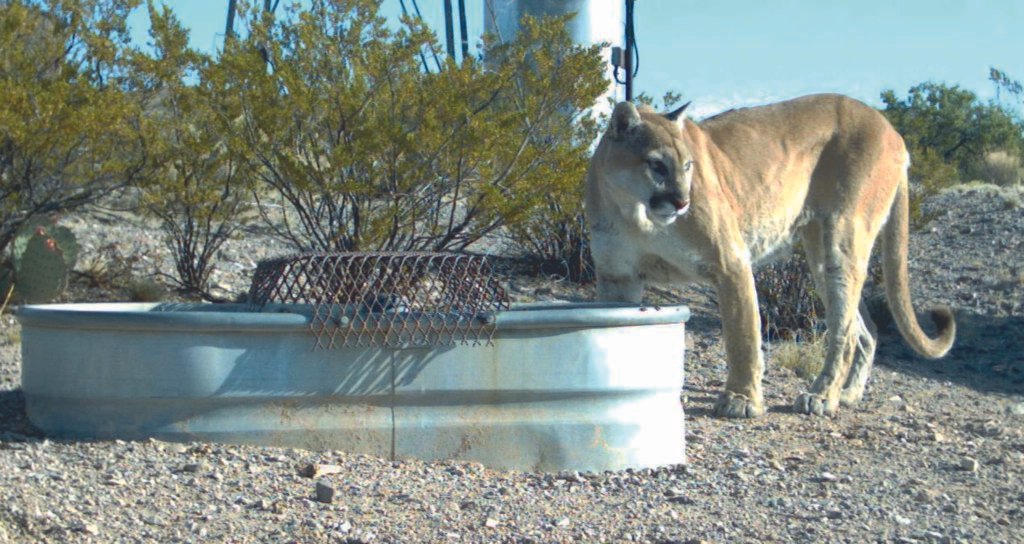Picture this: it’s dusk in suburban Los Angeles, and while families settle in for dinner, a 150-pound predator silently stalks through backyards just blocks away. This isn’t the opening scene of a horror movie – it’s the new reality of urban America. Mountain lions, also known as cougars or pumas, are rewriting the rules of city living in ways that would make even the most adaptable house cat jealous. From prowling Hollywood Hills to hunting in Silicon Valley suburbs, these magnificent predators are proving that concrete jungles can be their domain too. But their urban adventures come with plot twists that wildlife scientists are only beginning to understand.
The Urban Invasion Begins

Climate change is driving cougars into southwestern cities like Las Vegas as extreme drought reduces their traditional prey populations, with mounting fossil fuel emissions triggering more frequent and intense droughts that push these cats toward well-watered urban areas. Historically associated with wildland environments, recent studies reveal that cougars are now capable of utilizing areas with extensive human presence. The numbers tell a fascinating story: in just one drought year of 2002, researchers witnessed what’s essentially a preview of our climate future. The parched landscape yielded a 22 percent drop in deer populations, causing cougar numbers to plummet by an estimated 43 percent. Yet instead of simply disappearing, many survivors made a bold choice – they followed their prey to where the grass stayed green: our cities. As water in natural habitats dries up, deer increasingly head for verdant, irrigated suburbs and farmlands, with cougars sure to follow and encounter humans in these attractive landscapes.
Concrete Corridors and Highway Crossings
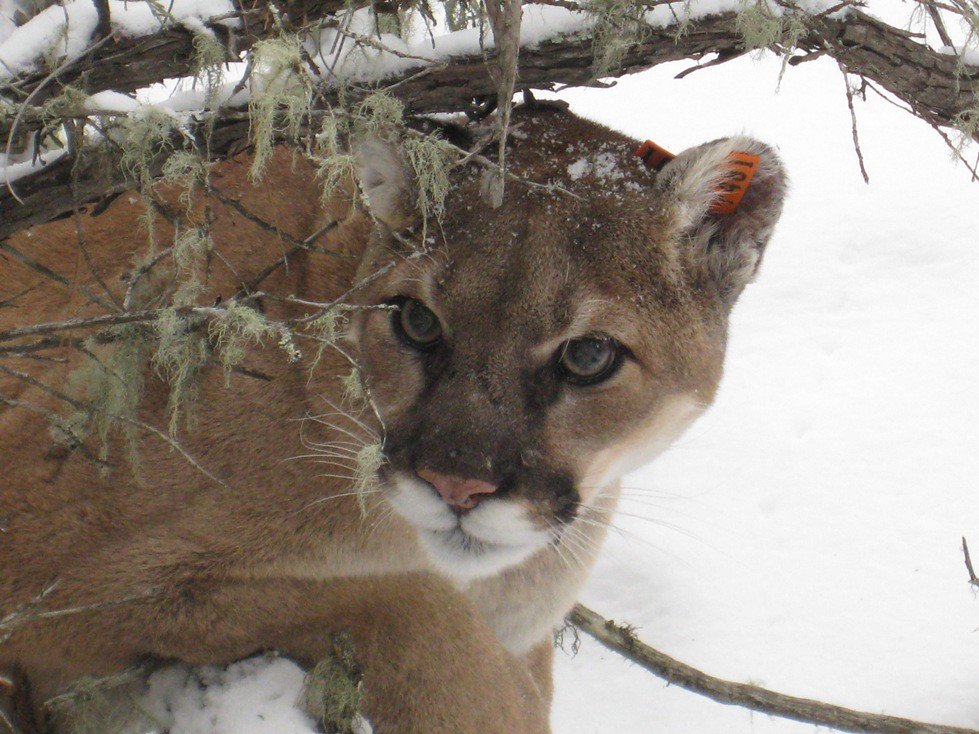
Concrete Corridors and Highway Crossings (image credits: unsplash)
Natural areas such as washes and parks serve as movement corridors for mountain lions, connecting wildland habitat surrounding urban areas, which is important to prevent inbreeding problems but may bring mountain lions into closer contact with humans. These urban pathways aren’t just convenient shortcuts – they’re lifelines for genetic diversity. Scientists studying 17 mountain lions in Los Angeles found that after major wildfires, these cats avoided burned areas and increased risky behaviors, including more frequent road and freeway crossings that jumped from 3 to 5 per month on average. Think of it like a dangerous game of Frogger, except the stakes are species survival. Research teams track every movement using GPS collars, watching as individual cats navigate the urban maze with surprising sophistication. These natural areas help scientists learn about the extent to which places like the Santa Monica Mountains are connected to other natural areas and how much of a barrier freeways and development truly are. Each successful crossing represents a small victory against urban fragmentation, while each roadkill reminds us of the deadly price these adaptations sometimes exact.
The New Urban Diet

Mountain lions occasionally linger in or repeatedly return to urban areas when they identify consistent food sources, such as urban deer. But their urban dining experiences go far beyond traditional prey. Cougars in urbanized ecosystems have been found to increase their consumption of non-ungulate prey, presumably due to increased availability from landscape development. It’s like discovering your neighborhood has a fantastic new fusion restaurant – these adaptable hunters are sampling everything from raccoons to javelinas. Food sources found near people’s homes include deer, javelina, rabbits, unsecured domestic animals, and livestock. Ungulates remain consistently the top prey item regardless of urban development levels, suggesting that under certain conditions, cougars can continue relying on their primary prey even when their environment undergoes anthropogenic changes. The remarkable thing isn’t just what they’re eating – it’s how they’re learning to hunt in environments their ancestors never imagined.
Night Shift Workers

Cougars in urban environments demonstrate capacity to adapt by changing their foraging behavior and temporal activity patterns. The cougar’s activity pattern varies from diurnality to nocturnality between protected and non-protected areas, apparently correlated with the presence of other predators, prey species, livestock and humans. These cats have essentially become the ultimate night shift workers, flipping their biological clocks to avoid the 9-to-5 human crowd. Mountain lions tracked after the 2018 Woolsey Fire showed greater activity during daytime hours, indicating increased risk-taking behavior in urban environments. Picture them as the city’s most efficient security guards, prowling suburban streets while we sleep, keeping rodent populations in check and maintaining the delicate balance of urban ecosystems. Mountain lions are most active at dusk, after dark, and dawn, making these times especially important for keeping backyard animals secure. Their nocturnal lifestyle isn’t just about avoiding humans – it’s a sophisticated survival strategy that maximizes hunting success while minimizing dangerous encounters.
Territorial Negotiations in Suburbia

Adult male cougars roam widely, covering home ranges of 50 to 150 square miles depending on age, time of year, terrain type, and prey availability, with males’ territories often overlapping those of three or four females. In urban settings, these territorial boundaries become complex puzzles of property lines, highways, and human development. These solitary animals discourage other cougars from entering their territory by leaving scratches or piles of leaves, pine needles, and dirt covered with urine and feces, as well as claw marks on trees near territory edges, which serve both to delineate boundaries and attract females in heat. Like house cats scratching furniture, cougars mark territory boundaries by leaving claw marks on trees, stumps, and occasionally fence posts, with adult cougar marks appearing 4 to 8 feet above ground as long, deep, parallel scratches running almost vertically. Urban territories require different strategies – imagine trying to maintain a 100-square-mile territory that includes shopping malls, golf courses, and residential neighborhoods. Cougar population density in some urban areas reaches 4.1 independent cougars per 100 square kilometers, one of the highest reported densities in scientific literature.
The GPS Revolution
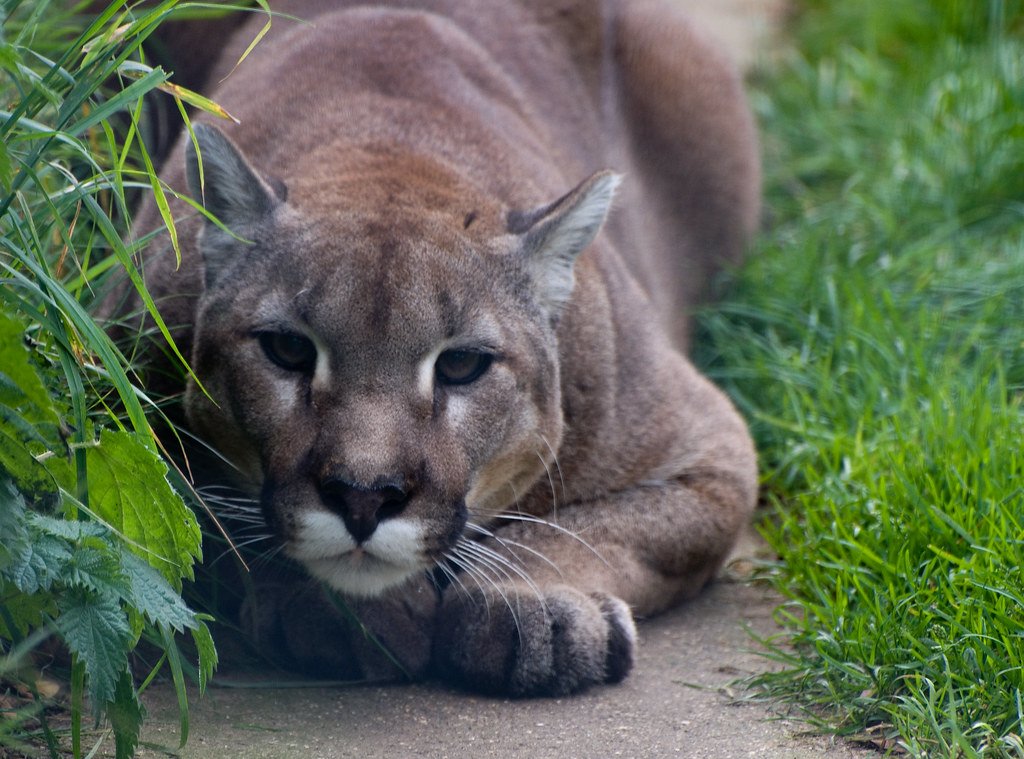
For elusive mountain lions, GPS data is particularly vital for monitoring these important apex predators in relation to their ecosystems and the people they share land with, with novel motion models helping scientists understand movement patterns from GPS location data. Modern technology has transformed our understanding of these secretive cats in ways that would astound early wildlife researchers. GPS tracking collars let researchers know exactly where cats are at all times, where they’re headed, and every movement or stop, with global positioning systems providing real-time updates using radio and satellite signals to determine location by map coordinates. Tracking mountain lion movements using GPS collars is integral to understanding the population and ecology of such elusive cats, with researchers carefully monitoring GPS movements to spot classic denning patterns. Each color on research maps represents movements of different mountain lions tracked via GPS from 2002 through recent years. These digital breadcrumbs reveal intimate details of cougar lives – from hunting patterns to mating behaviors – creating a real-time wildlife documentary that never stops filming.
Stealth Mode Activated

Trail camera research reveals how close hikers and bikers come to mountain lions without ever knowing it, demonstrating how exceptional these cats are at avoiding people as part of their natural behavior. These masters of invisibility have evolved camouflage skills that would make special forces operators envious. Mountain lions prefer to go unnoticed, having once competed with much larger California predators like cave lions, saber-tooth cats, dire wolves and grizzly bears, causing cougars to evolve as cautious animals, more timid than other large felines. Cougars are extremely elusive and usually avoid direct contact with people, being masters of camouflage who often remain hidden when approached closely on foot. Cougars tend to leave “soft” tracks, making very little impact on the ground, with tracks virtually invisible on packed earth or crusted snow. Their stealth abilities aren’t just impressive – they’re essential survival tools in environments where a single sighting might result in a death sentence from frightened humans.
Breeding Challenges in the Big City
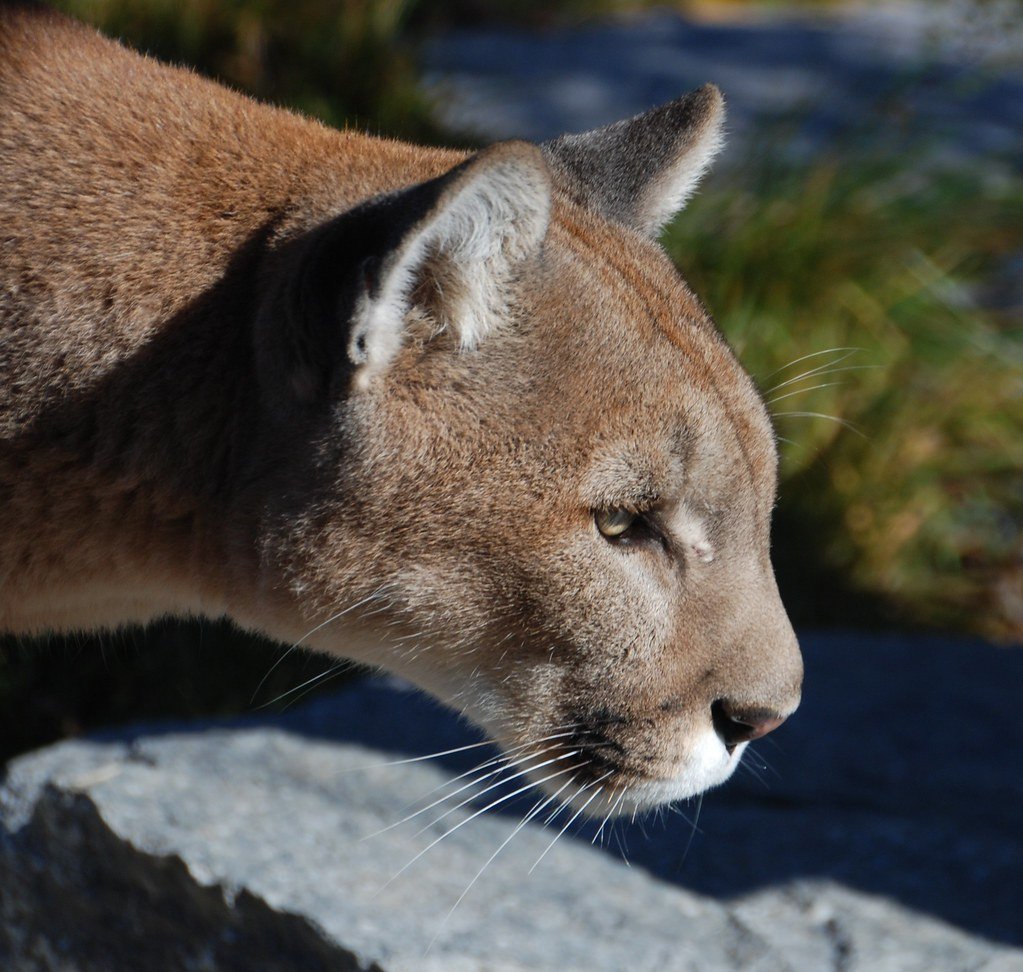
When it comes time to mate, male and female cougars face the challenge of finding each other while being solitary and territorial by nature, frequently scattered over hundreds of miles of rugged terrain, complicated by females being receptive only a few days each month. Urban environments add layers of complexity to this already challenging process. Populations hemmed in by freeways like the 101 have been bedeviled by inbreeding and road deaths. Males occupy larger home ranges than females, with a resident male’s large territory typically overlapping or encompassing several resident females’ ranges, though in stable populations, females rarely mate with more than one resident male during a breeding cycle. Research reveals there’s only room for about 10 to 12 adults and sub-adults in areas like the Santa Monica Mountains. These numbers paint a sobering picture – imagine trying to find a mate when your dating pool consists of fewer than a dozen individuals scattered across a landscape carved up by eight-lane highways. Urban cougar romance is literally a matter of life and death for the species.
Death on the Highway

Urban situations often end badly for cats, with examples like the Mountain View cat killed by a car and Hollywood pumas suffering from rodenticide exposure, while populations penned in by freeways and suburbs become cut off from others, losing the genetic flow needed to keep groups healthy. Road mortality represents one of the most persistent threats to urban cougar populations. Mountain lions in urban areas can be hit by cars or lethally removed when they come too close to people. Every highway crossing is a calculated gamble where split-second timing means the difference between genetic diversity and roadkill. Although mountain lions frequently cross roads in studies, larger roads with higher traffic volume may be avoided. The statistics are heartbreaking – researchers tracking individual cats sometimes watch helplessly as GPS signals stop moving forever on busy intersections. Regional databases now track information on lion mortalities and causes including vehicle strikes, depredation permits, and illegal take to identify problem areas and inform management actions. Each death teaches valuable lessons, but the tuition paid in cougar lives is tragically high.
Swimming Pool Safaris

Water sources for drinking can include swimming pools, fountains, ponds, or pet water bowls. Urban cougars have discovered that suburban amenities make excellent hunting and drinking spots. Human-made water sources and irrigated plants bring prey species to town, with irrigated lawns, gardens, golf courses and crops providing excellent forage for deer during drought conditions. Picture a cougar treating your backyard pool like a personal watering hole – it’s both magnificent and terrifying. Mountain lions might use “cave-like” areas beneath sheds or elevated wooden patios, unused buildings, or storm drains for shelter. These adaptations show remarkable intelligence and flexibility. Golf courses become hunting grounds, storm drains turn into dens, and landscaped neighborhoods provide all-you-can-eat buffets of irrigated vegetation that attracts prey. Urban planning inadvertently created perfect cougar habitat – we just didn’t realize we were building it.
The Poisoned Paradise

Urban living comes with hidden dangers that wilderness never presented. The Hollywood puma suffered from rodenticide exposure, representing a growing threat to urban predators. Rat poison moves up the food chain like a deadly game of telephone – from rodents to their predators to apex predators like cougars. Other factors contributing to mountain lions’ presence around humans include drought forcing wildlife to search for food and water in urban areas, wildfires damaging vital habitat and forcing animals into other areas, and habituation to humans through close contact and increased development near wildlife habitat. These chemical cocktails accumulate in cougar tissues, causing neurological problems, immune system suppression, and sometimes death. Urban cougars face a terrible irony – the same human development that provides abundant prey also poisons the very food web they depend on. It’s like offering someone a feast laced with slow-acting toxins.
Baby Steps in the Suburbs
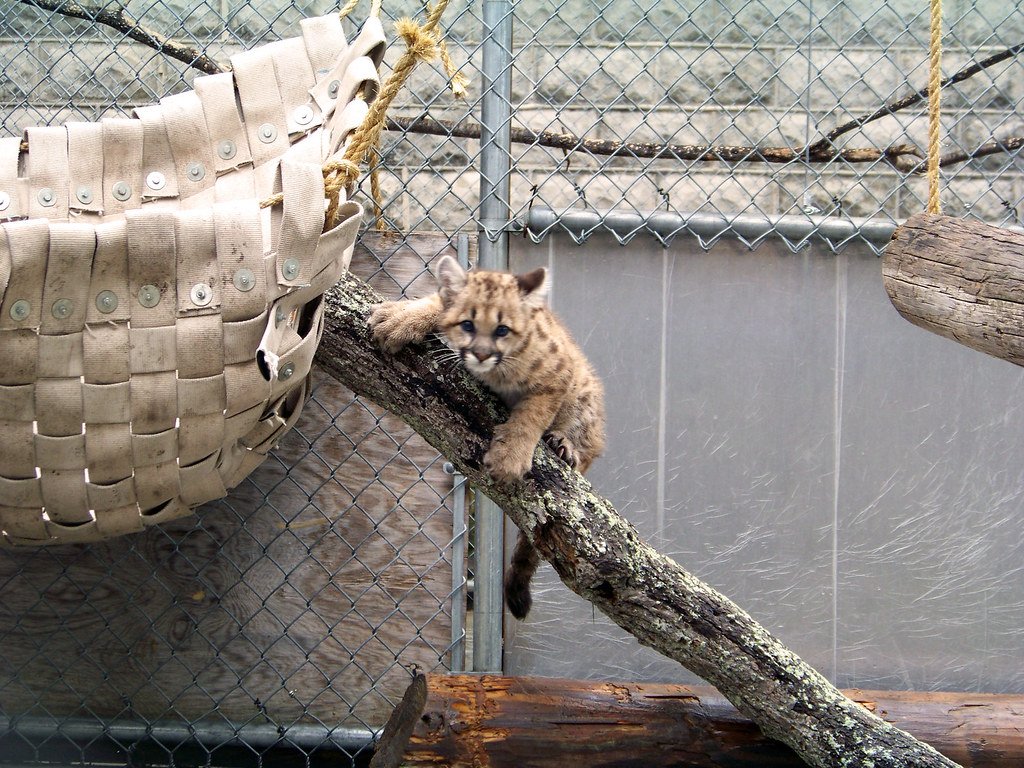
Mountain lion collar data helps researchers find new litters of kittens, with scientists spotting classic denning patterns in GPS movements and discovering pairs of 14-day-old kittens nestled in madrone bushes after ensuring mothers weren’t around. Raising cubs in urban environments presents unique challenges that wild cougars never faced. Kittens face three high-risk periods: immediately after birth, after becoming independent transients, and during old age, with kittens left alone at dens being vulnerable to other predators including adult male cougars. Urban dens might be tucked under highway overpasses, in abandoned buildings, or dense vegetation beside shopping centers. Transient cougars spend most of their time in unfamiliar territory and haven’t honed their hunting skills, making them less efficient hunters than resident cougars. Females are less solitary than males, remaining with their young until kittens are about two years old. Imagine teaching your children to hunt while avoiding cars, construction crews, and curious dog walkers – urban cougar mothers are essentially single parents navigating the world’s most dangerous obstacle course.
The Great Escape Artists

Scientists examining mountain lion movements found average daily movement rates of 2.3 miles per day based on straight-line distances between consecutive GPS points. Subadult mountain lions made long-range movements northward, coming within 2 miles of Interstate 10 before turning around and returning south, though they frequently crossed roads while avoiding larger roads with higher traffic volumes. These epic journeys rival the greatest adventure stories – young cougars striking out on their own, covering hundreds of miles in search of territory and mates. Two mountain lions successfully left the Davis Mountains, with one dispersing south through the Puertacitas Mountains before heading east toward the Sierra del Carmens, traveling about 90 miles south of her previous range before being killed in a trap. Males typically disperse over much greater distances than females and are known to travel more than 1000 kilometers from their birth territory. Each dispersal represents a roll of the genetic dice, with successful journeys potentially founding new populations while failures contribute to the mounting toll of urban wildlife casualties.
Invisible Neighbors

Data suggests cougar removals related to depredation and human safety were uncommon relative to the time cougars spent in urban areas and pets taken, primarily because cougars went undetected, with urban cougar population density reaching 4.1 independent cougars per 100 square kilometers. The most startling revelation from urban cougar research might be just how many of these cats live among us completely unnoticed. While it may seem like there are more mountain lions lately, experts attribute this to the prevalence of home security cameras and hunting cameras that capture what’s been around us all this time. Mountain lions are pretty low-profile neighbors most of the time – they don’t really want you to know they’re there. Scientists estimate about half a dozen adult mountain lions prowl hills near cities like San Jose. We share our neighborhoods with apex predators, and most of us never realize it. They’re the ultimate stealth neighbors – no loud parties, no property disputes, just the occasional missing pet and paw prints in the morning dew.
Technology Meets Ancient Instincts

As cities expand into natural habitats, cougars, also known as mountain lions or pumas are demonstrating remarkable adaptability, learning to navigate human-dominated landscapes while maintaining their stealthy, solitary nature. With the help of GPS collars, motion-activated cameras, and other tracking technologies, scientists are gaining unprecedented insights into the behaviors, movements, and survival strategies of these big cats. From crossing busy highways using underpasses to hunting in suburban backyards under the cover of night, urban cougars are rewriting what it means to be a wild predator in a modern world.

